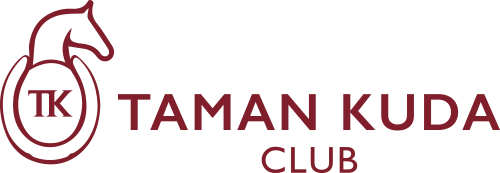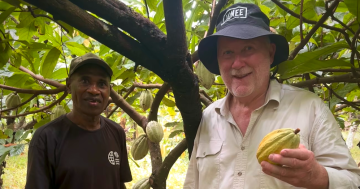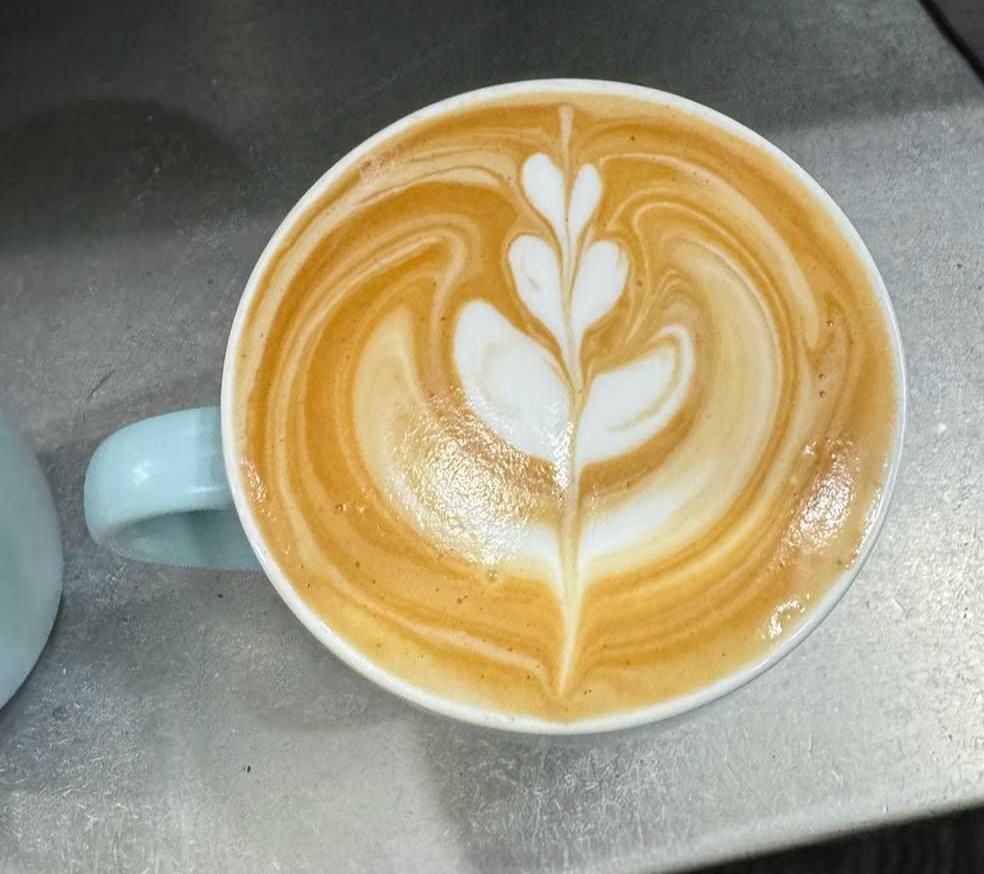
The cost of a flat white is set to rise as coffee prices hit a 50-year high. Photo: Colin King.
Coffee lovers were devastated to learn this week that another of our favourite treats is about to see a price hike.
It’s no secret that we love our coffee Down Under, with Aussies consuming almost 2 kg of coffee per person per year. Our cafe culture is the envy of the world yet we are almost entirely reliant on imported beans.
Bad weather in major coffee-growing regions such as Vietnam and Brazil, coupled with ongoing supply-chain issues, have led some industry experts to warn that the price of a flat white could hit $10 in the year ahead.
Lachlan Robertson operates Full Circle Coffee Roasters in the Riverina and described the soaring price of green coffee beans as “absurd”.
“Basically, there was a giant freak frost in Brazil back in 2021 that just wiped out a whole bunch of crops and of course, they were one of the biggest exporters of coffee,” he said.
“It’s really hard to get Brazilian coffee at the moment, and what you can get is really expensive, and then the demand has driven the price of coffee from everywhere else up as well.
“Coffee is a commodity, so the price fluctuates daily and at the moment it’s just been getting higher.”
Mr Robertson said Australian roasters were modifying their blends to keep up with local demand and it was just a matter of waiting for supplies to improve.
“You have to try and substitute the Brazilian coffee for something else that’s of a similar character, which can be difficult, or you just have to drop that product line if you use a lot of it in a certain blend,” he said.
“Unfortunately, it’s just the way it’s going to be for a little while until we can get another couple of crops out of Brazil and let the market sort itself out.”
While the demand for coffee remained high, Mr Robertson said more consumers were opting for a homemade beverage.
“Most people aren’t willing to completely give it up, and there’s still plenty of people that go out for their coffee every day or grab one on the way to work, but I’ve certainly seen more people buying coffee machines for home to try and save a few dollars,” he said.
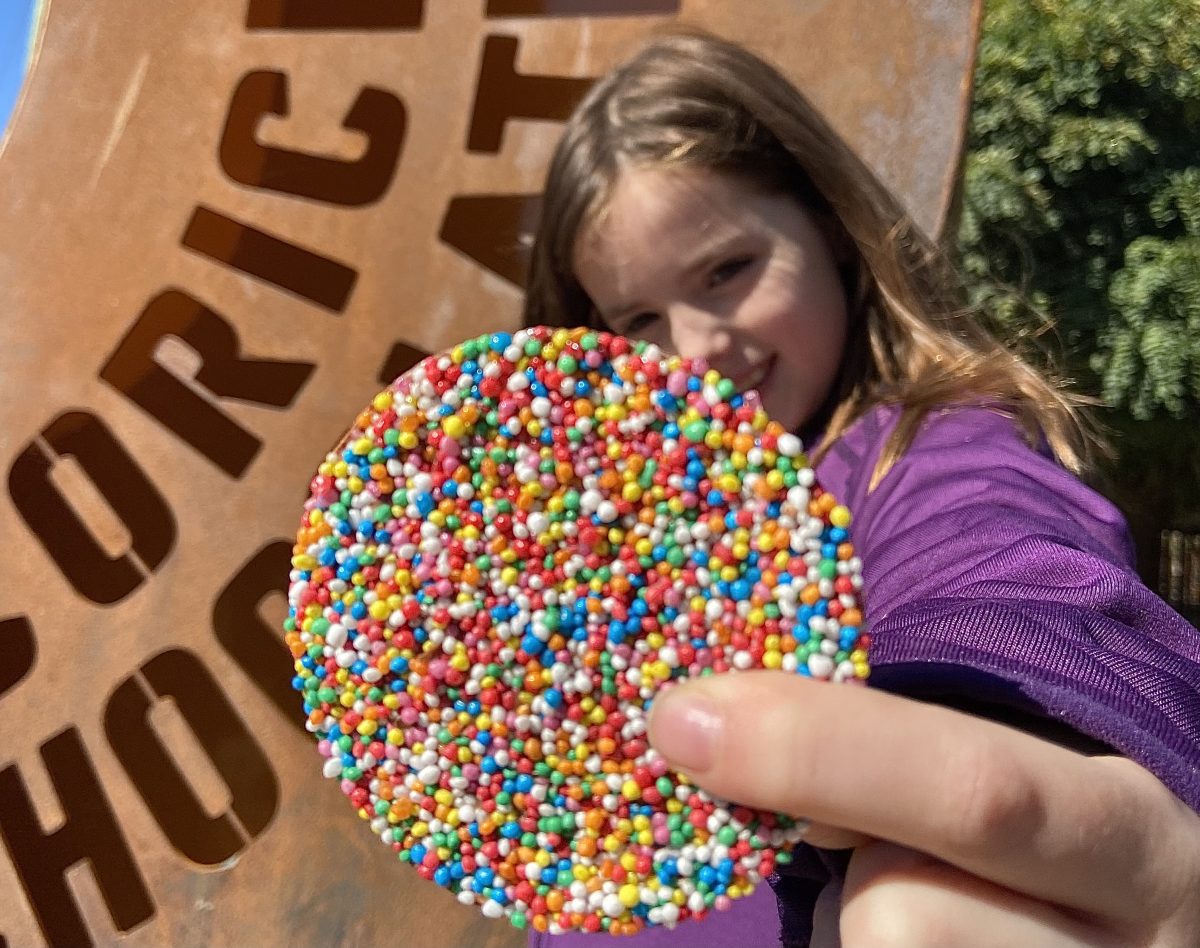
The price of chocolate hit new highs in 2024. Photo: Chris Roe.
The rise in coffee prices follows a similar spike in the cost of cocoa, which surged to a 50-year high in 2024.
Extreme weather impacting suppliers in West Africa saw the stock price of cocoa per tonne almost triple at the start of the year.
Neil Druce from the Junee Licorice and Chocolate Factory said it was the higher end of the market that was bearing the brunt.
“Unlike the cheap stuff where they substitute different ingredients, we use the whole of the cacao [cocoa] bean for our Belgian-styled couverture chocolate,” he said.
“The cheap stuff will probably stay cheap but the really good-quality chocolate will become more expensive to make.”
The price hike has been a boon for suppliers in the Solomon Islands and Papua New Guinea, who stepped up production to meet the growing demand, and Mr Druce said Pacific partnerships with emerging suppliers such as Vanuatu could be the way forward.
“I like the idea of working in the Pacific because I feel like we are neighbours and it would be great to source more locally grown cacao,” he said, adding that they still had plenty on hand to keep the chocolate coming.
“We’re doing everything we can to keep the price at a sensible level and we want to lock in that supply for the future.”
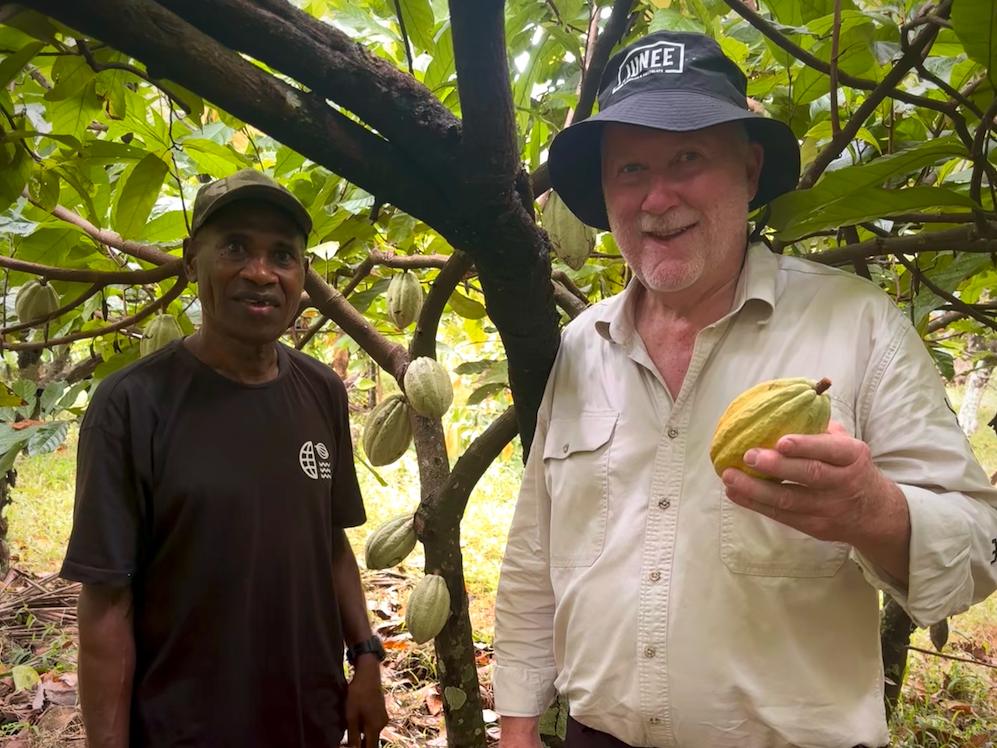
Neil Druce visiting a cacao plantation in Vanuatu in 2024. Photo: Supplied.
While coffee and chocolate prices have come as blows to consumers, the rising cost of a third commodity has struck at the heart of Australia’s identity and has beer drinkers fuming.
Once again, the cost of alcohol is also set to soar with the six-monthly increase to the alcohol excise tax next month.
Current legislation mandates a twice-yearly alcohol excise tax increase in line with the consumer price index (CPI).
From 3 February, the tax is expected to add around an extra $1 to every drink.
Looks like 2025 will be another year to tighten the belt and hope that the Reserve Bank of Australia’s first meeting, in February, will see a rate cut and a little relief as the cost-of-living crisis continues.
Original Article published by Chris Roe on Region Riverina.



